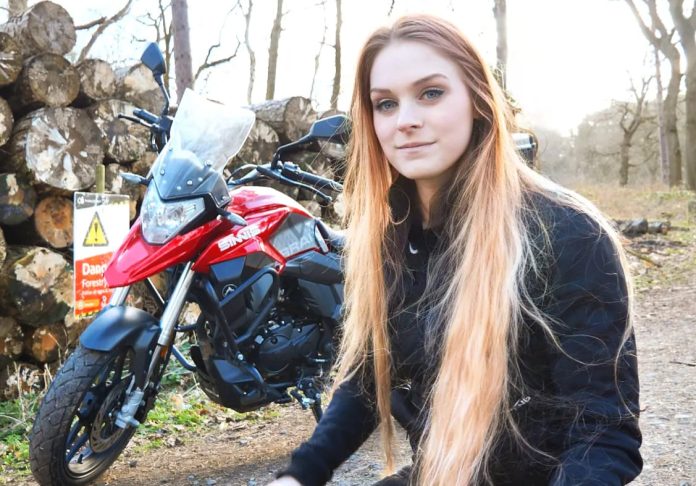What is motorcycle touring?
Motorcycle touring is a form of tourism that involves using a motorcycle. It has been an exciting topic since at least 1915. Preparations include route planning for unknown areas, packing the necessary tools, finding food, making overnight stops, finding fuel in remote areas, and caring for the rider’s body. It can involve camping or going to motorcycle rallies along the way. Some riders take touring to extremes, with rides of thousands to over 100,000 miles or kilometres lasting years or decades.
Motorcycle touring is often about hitting the open road (but not always!) in a remote or unfamiliar place. More importantly, it’s about enjoying an adventure on your bike. Motorcycle touring can either be done solo or with friends. Touring is a unique way to explore new places as you travel from one destination to another. Long story short, motorcycle touring is a rather long road trip, primarily focusing on enjoying the ride rather than simply trying to go from one place to another.
How to start motorcycle touring?
If you’re interested in motorcycle touring, the best way to get into the hobby is by starting! Starting with short trips and rides to gradually increase your time on the bike is a great way to increase your stamina in preparation for much larger trips slowly. After gaining confidence, consider exploring places that are farther away and even adding in the odd stop overnight in either a hotel or camping. From either on, keep picking locations that are further and further away.
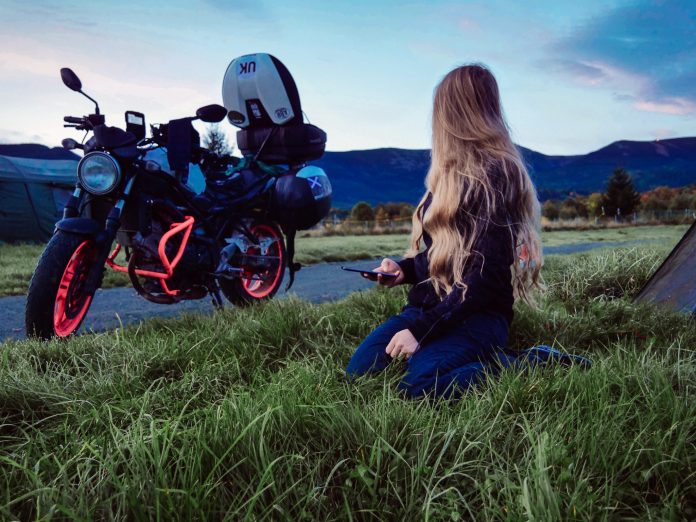
What kind of motorcycle should I use to tour?
Most bikers will often buy a touring bike to travel on. Touring motorcycles are typically larger, comfortable bikes that can easily carry luggage. As motorcycle adventure riding often involves travelling and off-roading, people try to find a machine suitable for both riding styles.
If you plan on covering long distances while touring, it is essential to prioritize comfort. Opt for a comfortable touring motorcycle that can carry your luggage, offers good wind protection, and is smooth, easy, and enjoyable to ride.
However, there is no strict rule for what kind of bike you should get for motorcycle touring, and whilst bikes such as street bikers or race bikes won’t be the most comfortable, nothing stops you from travelling long distances on one.
Should I buy motorcycle luggage?
Here are the different options for luggage:
- Built-in luggage system (if your vehicle has one),
- Hard metal boxes,
- Hard plastic cases,
- Top box,
- Soft panniers,
- Duffel bags
- Leg bags,
- Tank bag; and
- a Rucksack.
However, it’s worth noting that backpacks can be extremely dangerous if you come off your bike. The last thing you want is a solid hard object pressing against your spine!
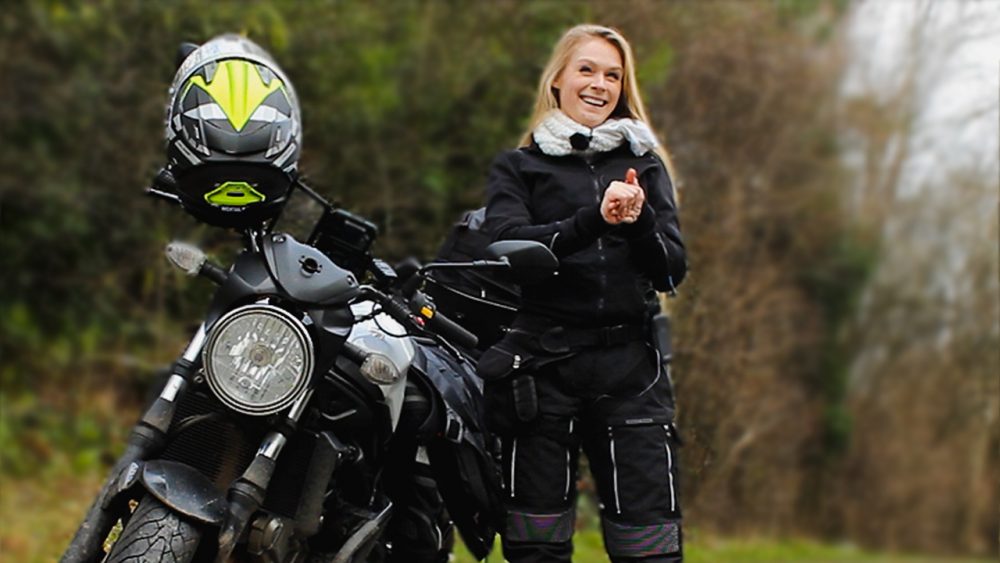
Riding stamina
You must be mindful of your riding stamina when planning a motorcycle tour. You wouldn’t run a marathon without training, nor should you embark on an extensive bike tour. One thing to remember is being able to ride for extended periods; stretching before you head off can help reduce aches, setting off each leg’s regular brManyughManyay to stretch your legs and rest well. Many people go for walks in the evening to help get the blood flowing in their legs. This will also help reduce swelling the following day.
When it comes to planning your motorcycle route for your first long-distance trip? Exploring your home country before embarking on a round-the-world tour is helpful. This exploration isn’t just about the terrain and getting to know yourself and your bike well before pushing your physical, psychological, and mechanical limits while travelling many miles from home.
Planning for a trip can be an enjoyable and fulfilling experience. It allows you to visualize and experience your journey before even setting off and gives you a chance to think about it during your daily commute in the days and weeks leading up to it. Creating and adjusting a plan can help you stay focused, eliminate uncertainties, and prepare for unexpected situations or emergencies.
Not everyone likes to plan; some enjoy just winging it. The benefits are that it’s flexible and can quickly adapt to changes in the journey. Changing your route based on word-of-mouth recommendations and discovering new and exciting places is possible. Starting with an initial outline of your course can save time and make it easier to plan accommodations. But, be mindful that this can have risks as you won’t know what lies ahead or how your bike will cope with the changing conditions.
There are lots of websites and apps that can help you plan a motorcycle route. For example, Google Maps is a great free way to plan long-distance routes. You can even send routes to your phone from the PC to enable you to receive real-time traffic updates, meaning you can avoid heavily congested areas on your travels.
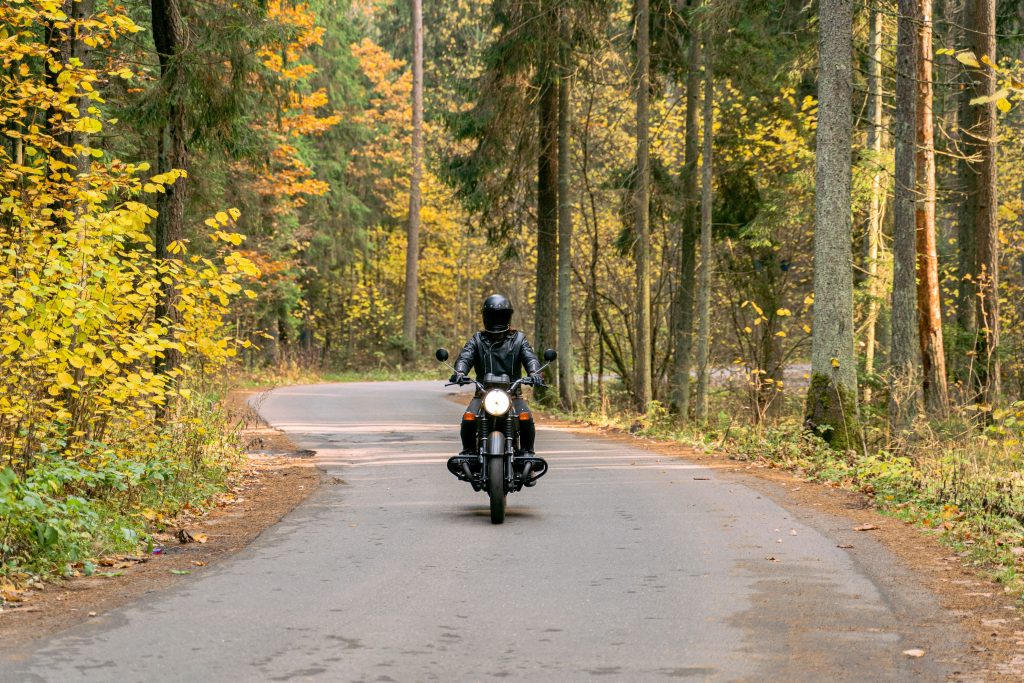
Motorcycle paperwork
Let’s start with the obvious, shall we? It would be best to have insurance, an MOT, and road tax to ride your bike on the road legally. If you plan to travel abroad, such as in Europe, bring your vehicle registration document (V5), an International Driver’s Permit, and your standard license.
Insurance
Remember to contact your insurance provider to ensure your coverage extends to Europe and for guidance on the duration of the range.
Please remember that if you plan to travel outside of Europe with your vehicle, your insurance policy will not apply. You must purchase an insurance policy for that country when you arrive or at the border.
However, please note that this insurance policy will provide coverage only for third-party liability and not for any damage or theft of your vehicle.
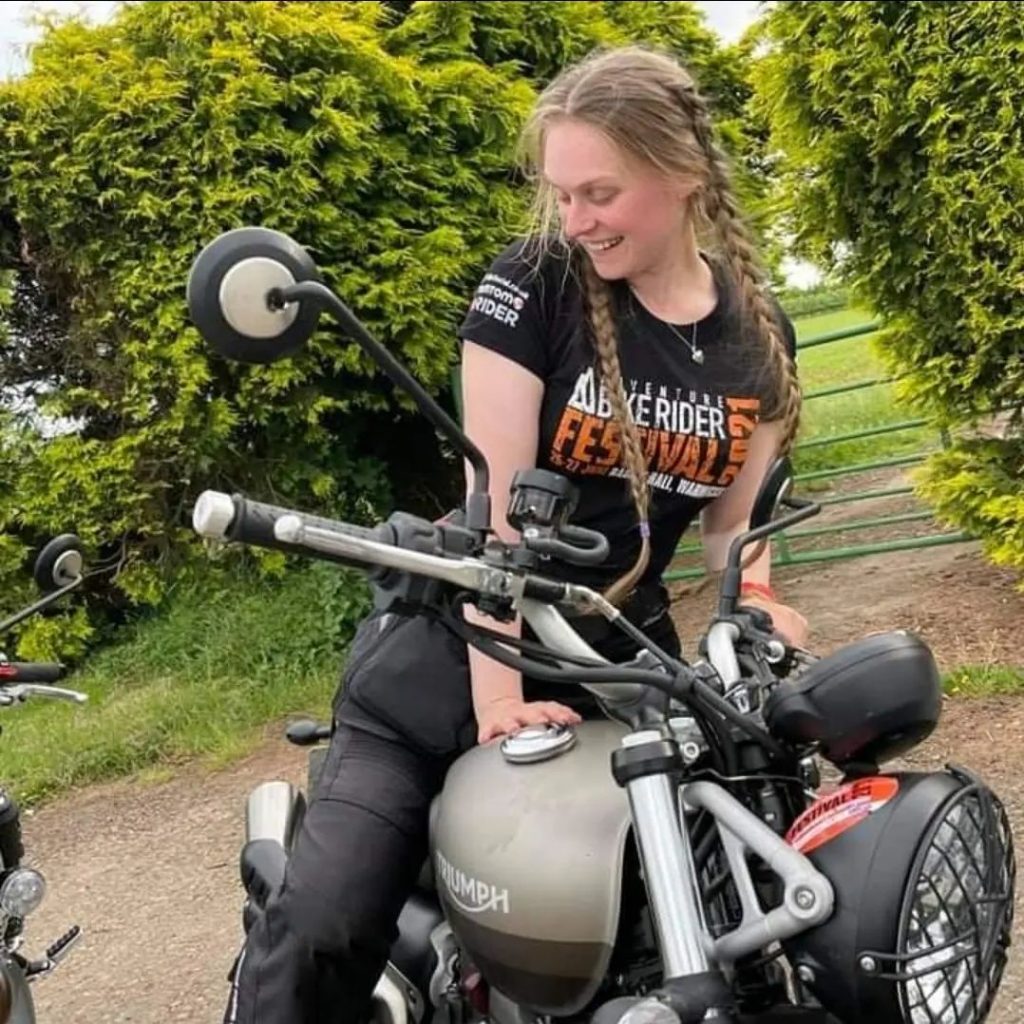
Personal Travel Insurance
Although it is unnecessary, we highly suggest obtaining personal travel insurance to provide coverage in case of an accident. We recommend reviewing our UK motorcycle travel insurance guide before selecting a provider.
Other Laws
In Europe, knowing the laws and regulations of motorcycling is essential. These include: having a GB sticker on your motorcycle, using a daytime sticker on your headlight, and carrying spare bulbs and a high-visibility jacket in case of breakdown. Additionally, some countries require the purchase of a vignette, which is a type of road tax.
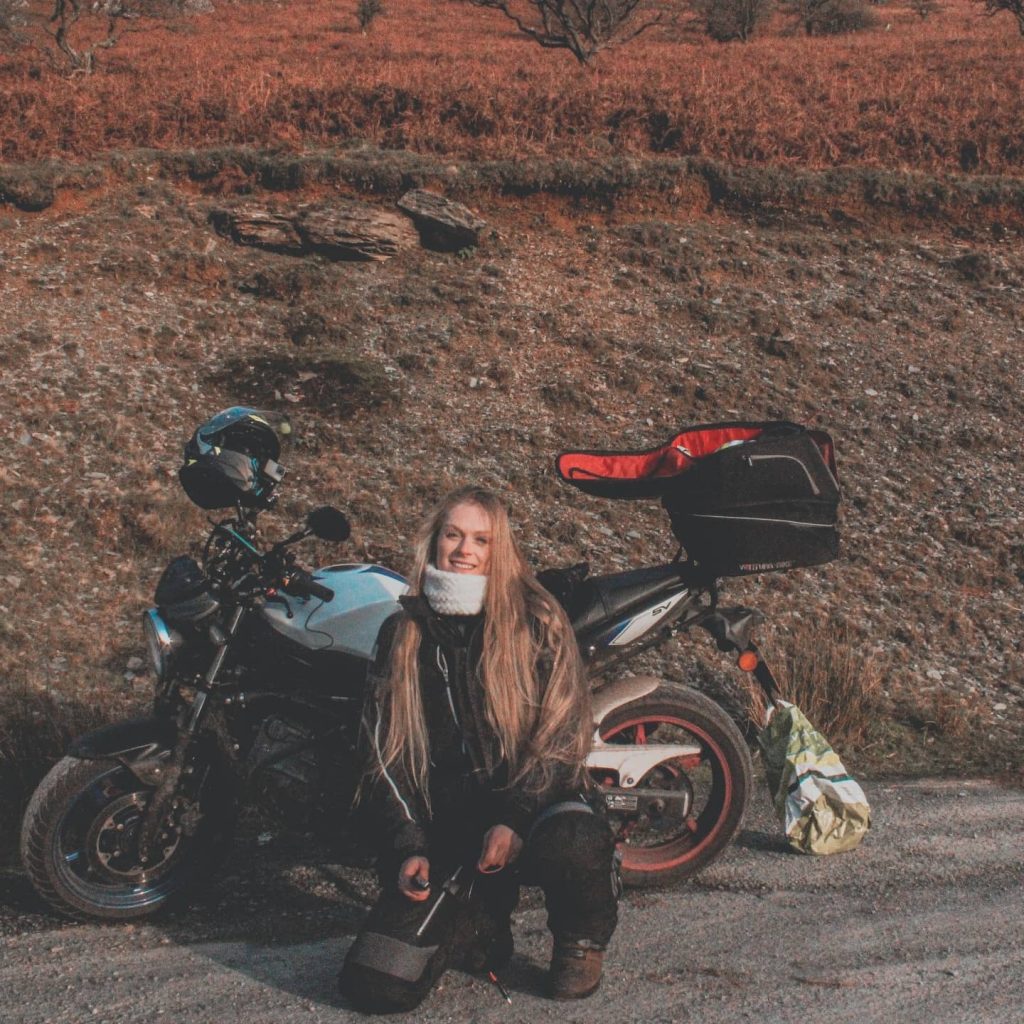
Clothing
The right gear for your riding type is the best thing to wear on a motorcycle touring trip. Different types of motorcycles require different types of protective clothing, and it’s essential to ensure you get the right stuff for the job.
For example, if you’re going off-road, you must invest in sturdy boots and a helmet with off-road features. If you’re touring on the road, you must get waterproof clothing, a jacket, and trousers designed for long-distance riding.
Ensuring your gear fits correctly and meets the minimum safety regulation is also essential. Some basic examples of what equipment you need are
- Motorcycle Helmet
- Gloves
- Jacket
- Motorcycle Boots
- High Visibility Vest
- Rain Gear
- Heated clothing
- Waterproof socks
- Balaclava
It is important to remember that your safety should be your number one priority when motorcycle touring. Wearing the right gear and taking all necessary steps to ensure you are safe on the road will ensure you enjoy your trip without any worries.
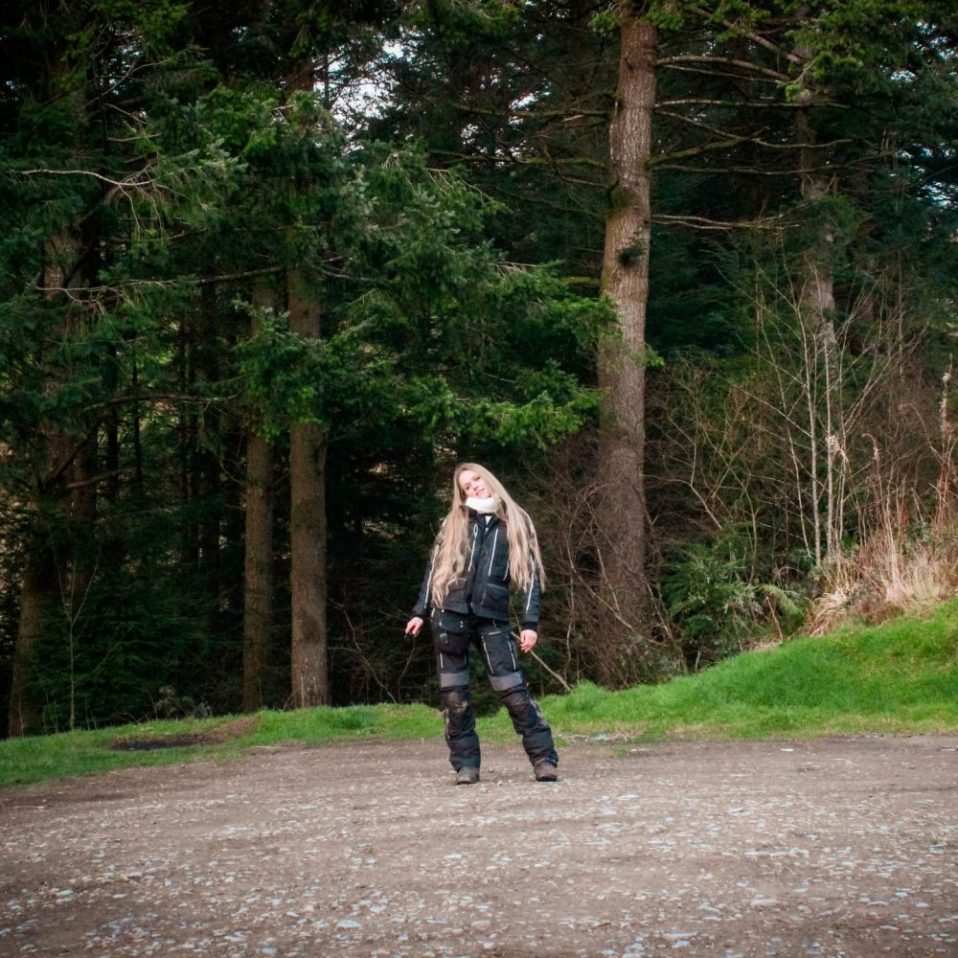
Conclusion
Motorcycle touring can be a great way to escape it all and experience new cultures, landscapes and roads. It’s vital to ensure you have taken all the necessary steps before embarking on your tour, including creating an itinerary, budgeting for fuel, accommodation and other costs, preparing a toolkit, gathering navigation materials and ensuring that you have the proper paperwork and insurance. With all these steps taken care of, you’re ready to embark on your motorcycle touring adventure! Good luck and happy riding!


